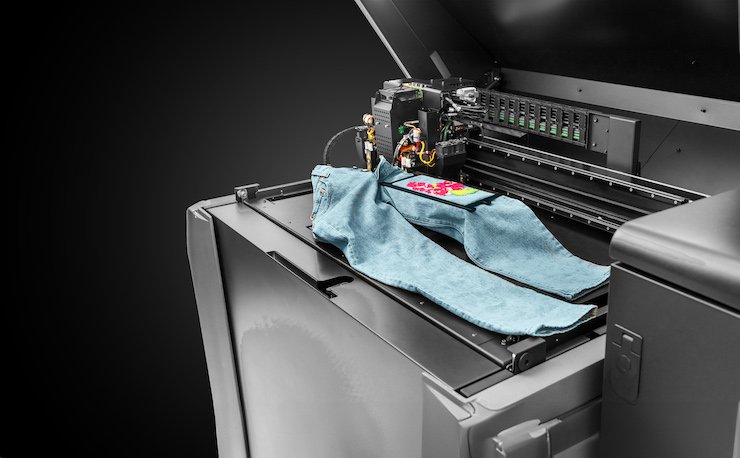As soon as thriving on readers’ pleasure of flipping by means of shiny pages, the journal trade in India discovered itself navigating uncharted waters because the pandemic. From upheavals in distribution challenges to shifts in reader preferences, quite a few challenges have compelled the trade to redefine its methods to thrive on this new panorama.
Anant Nath, Government Writer, Delhi Press and Editor, Caravan India opines that the impression on magazines has been much like that on the remainder of the publishing trade, the place readership has shifted from print to digital.
Regardless that most journal publishers, like most newspaper publishers, have web sites, everybody struggled to make income out of that viewers in their very own approach.
The variety of digital readers is greater than the print viewers as a result of digital media is way extra accessible and extra simply consumable. However monetising that readership, particularly from an promoting standpoint, has been far tougher, as per Nath.
Alternate income streams will flip the story for magazines
A serious problem for the trade is to determine easy methods to repair the bodily distribution system. The bodily newsstand distribution system has been adversely affected a lot earlier than COVID.
“Subscription as an economic system was a lot smaller in India as in comparison with journal publishers in Europe and America. They have been much more subscription-oriented. Indian journal publishers have been much more newsstand-oriented. However within the final 4 years, we’ve got laid a lot better emphasis on constructing subscriptions, which implies placing in techniques for higher supply of subscription copies,” he added.
The affiliation has carefully labored with India Submit to roll out a brand new supply service referred to as Journal Submit. It has been extraordinarily efficient, dependable and as in comparison with non-public couriers, it’s less expensive.
Together with that, most publishers have been much more aggressive in advertising subscriptions by means of a mixture of on-line subscription advertising campaigns, database cultivation, and numerous different methods.
Therefore, Nath sees that the street forward for many publishers is to maintain on growing the subscription play by enhancing the effectivity of supply distribution and partnering with some e-commerce gamers.
“Within the final 12 months, we have partnered with Blinkit to create a widget inside their app the place shoppers can order a replica. Equally, now we’re working with ONDC to create a magazine-specific, government-sponsored class so that each one the ONDC-affiliated purchaser apps like Paytm, Meesho and extra have a journal sale widget,” he added.
The affiliation can also be now working with India Submit once more to see how they’ll create new alternatives for promoting subscriptions by means of the community of India Submit.
Nonetheless, these strategies could assist the circulation and subscription income however magazines have to invent alternate income streams.
Nath shares that historically, whereas they’ve been monetising it by means of promoting and circulation subscriptions, occasions have additionally been added as a layer. What different prospects can there be for monetisation?
He underlined, “There are income prospects by means of partnerships with e-commerce, affiliate internet marketing, audio streaming and video streaming providers by creating new content material IPs. Now there are membership applications too with fashions the place readers interact with the journal editorial groups carefully.”
Notion amongst entrepreneurs wants to alter
In the case of reviving advert income, the trade wants to alter perceptions about promoting in magazines. Nath added, “We have to translate our efforts to a sellable story to our entrepreneurs whom we have to work inside a a lot nearer proximity to clarify how the trade has constructed again its readership and its circulation numbers.”
Technically talking, advertisers want to grasp that magazines have been attracting a considerable readership prepared to pay for the content material and are much more necessary than any individual who’s accessing content material freed from value, with none funding, dedication or connection, just like the digital viewers and even the newspaper readership because the papers are fairly low cost.
Nath highlighted, “A newspaper in India is priced at Rs 4 or 5 however {a magazine} is at Rs 60 to 100. So, {a magazine} reader is way extra dedicated. We have to work with advertisers to say that this reader who has larger buying energy, is way extra engaged and trusts the journal higher is a greater client for them.”
The extra area of interest, the higher
Basic curiosity content material is being given loads on-line; nevertheless, it is the area of interest journal’s content material that makes the distinction. When the editorial staff develops a sure experience within the content material, the readership will get extra linked and is extra concerned because the content material is nearer to their curiosity.
Nath added, “That is the place your digital content material will take a backseat as a result of in the end a really dedicated group of editors, reporters and writers are creating extraordinarily in-depth content material and can stand out in comparison with content material that’s created in a really superficial and fast-paced method.”
Magazines as an idea may have a a lot brighter future, believes Nath. “The extra area of interest, extra tightly outlined your viewers is, the extra substantial would be the readership. After all, you want a sure fundamental measurement of the viewers. If the area of interest is just some thousand individuals, your possibilities of discovering readership in these thousand individuals might be restricted. So your area of interest needs to be proper,” he concluded


